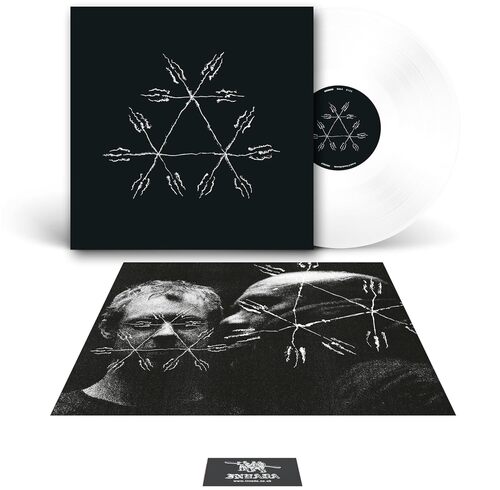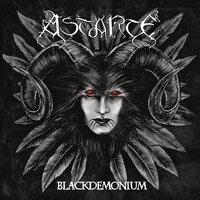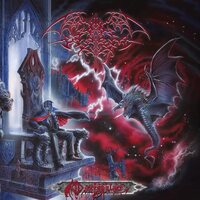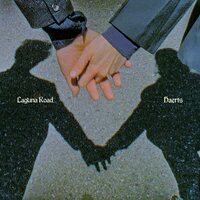Alloying burnished electroacoustic soundscapes with dense, metallic drones, barbed rhythms and buckled, bio-mechanical vocalizations, Osmium's eagerly awaited debut album doesn't try to cast a rigid future. Rather, it tempers a viscous flow of unorthodox speculations that smolders through the distant past, blazing a trail all the way to the frontier of fate. Absorbed by questions about the relationship between humans and technology, tradition and progression, the individual and the group, Osmium channel their experience and expertise into a set of forward-thinking sonic interrogations that skewer established cultural preconceptions. And although genre is acknowledged - the album draws from folk, doom metal, 20th century minimalism, industrial music and extreme noise - there's never a sense that it's riveted firmly in place. The self-styled ritualistic electro-mechanical ensemble is a veritable supergroup made up of Oscar-winning composer and instrumentalist Hildur Guðnadóttir, veteran engineer and producer James Ginzburg, Senyawa's idiosyncratic vocalist Rully Shabara and Grammy-winning sound designer / producer Sam Slater, and while each member brings along a laundry list of accolades, the project is far greater than the sum of it's parts. Widely known for her soundtrack work (including 'Joker' and 'Chernobyl') and run of acclaimed solo albums on Touch, Guðnadóttir plays the halldorophone, a unique cello-like electroacoustic instrument designed by Halldór Úlfarsson that allows the performer to harness unstable feedback loops. Taking his cues from this process, Slater - who's worked alongside Jóhann Jóhannsson, Valgeir Sigurðsson, Ben Frost and others - generates rhythms using a self-oscillating drum he custom designed with KOMA Elektronik, and Subtext boss and Emptyset member Ginzburg responds in kind, producing booming tambura-like sonorities from a device he developed himself based on the monocord, an ancient single-stringed resonator.Osmium synchronize the three unique instruments using a custom system of robotics to generate basic rhythms that underpin their improvisations and experiments, and although Shabara just uses his voice, it's his alien tones that supply the band with their conceptual fulcrum. The vocalist is one of South Asia's most recognizable underground artists, and the sounds he's able to create using exhaustively rehearsed extended techniques are so distinctive that he's been studied by scientists back home in Indonesia. As part of Osmium, Shabara attempts to merge with the band's machines, warping his vocal cords to mimic the robotics and originate hoarse percussive cracks and eldritch tonalities. It's not clear whether his breathy, saturated chants are following Slater's lopsided kicks or if it's the other way around on opener 'Osmium 0'; the duo's circuitous rhythmic phrases appear to bounce off each other, subtly disrupting Ginzburg and Guðnadóttir's fictile creaks and twangs.On 'Osmium 3' meanwhile, Shabara cultivates guttural shouts and shrill cyborg yawps, offsetting the band's pulsating barrages and crumpled drones with kinetic sci-folk punctuations. Guðnadóttir's eerie cinematic wails intersect with Shabara's monastic chorals and Slater's colourful haunting feedback on 'Osmium 4', echoing her esteemed collaborations with Sunn o))) and Pan Sonic and oxidizing the scaffolding of liturgical music. And the Osmium's pent-up energy finally erupts on 'Osmium 5', with Ginzburg's staccato monocord hits rushing furiously towards Shabara's wheezing, wordless utterances, criss-crossing with Slater's bouncing syncopations and Guðnadóttir's doomed dissonance. Never weighed down by needless sound design or modish ornamentation, it's music that feels authentically experimental; Osmium have figured out an awkward symmetry between their discrete approaches, concentrating their gaze on the outcome rather than the process.
- 1. Osmium 0
- 2. Osmium 1
- 3. Osmium 2
- 4. Osmium 3
- 5. Osmium 4
- 6. Osmium 5
- 7. Osmium 6
- 8. Osmium 7
























